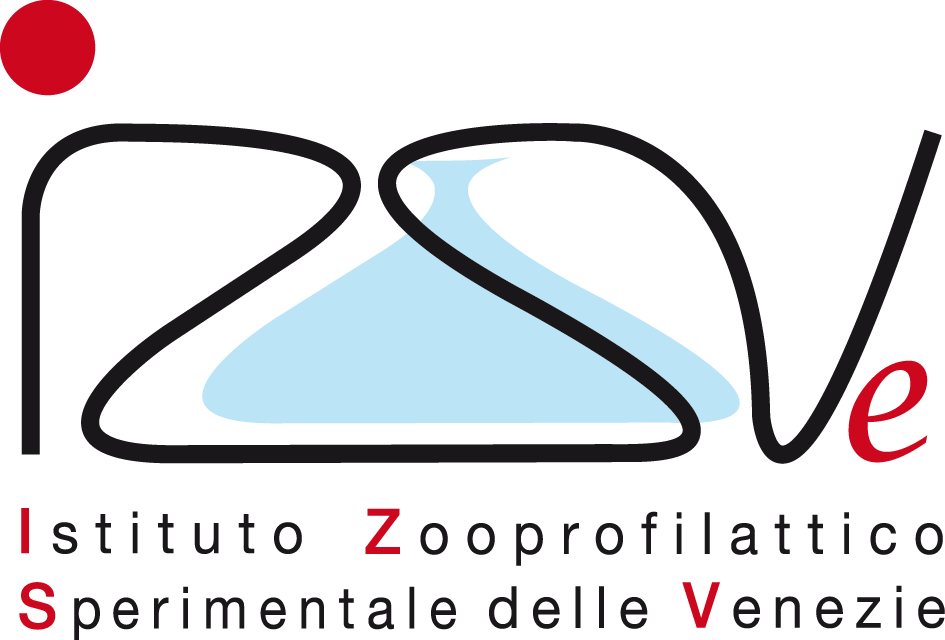Avian influenza in Europe: update
On this page you can find information and resources about High Pathogenic Avian Influenza (HPAI) and Low Pathogenic Avian Influenza (LPAI) outbreaks in Europe.
High Pathogenic Avian Influenza (HPAI) in Europe
EURL Avian Flu Data Portal
Click on the button below to access the EURL Avian Flu Data Portal, where you can find the most updated information on HPAI outbreaks in domestic poultry and captive birds and HPAI positive cases in wild birds in Europe, according to official reporting sources (ADIS – Animal Disease Information System). The United Kingdom is not included in this update: for further information on this country, please refer to the UK website for Avian Influenza (bird flu).
EURL Avian Flu Data Portal »EFSA/ECDC/EURL Quarterly Reports
To have an overview of the developments of avian influenza viruses in EU/EEA and worldwide, in particular with a view to describe the evolution of virus spread from certain regions towards the EU, please access the Quarterly Reports on Avian Influenza published jointly by the European Food Safety Authority (EFSA), the European Centre for Disease Prevention and Control (ECDC) and the European Union Reference Laboratory for Avian influenza (EURL).
EFSA/ECDC/EURL Quarterly Reports »For further information on the situation in Member States and the prevention and control measures adopted, please access the pages of the European Commission on avian influenza.
Low Pathogenic Avian Influenza (LPAI) in Europe
As provided by Article 4 of the Commission Implementing Regulation (EU) 2020/2002, Member States shall report to the Commission and to the other Member States by 30 April of every year, covering the previous calendar year, on the detection of category E diseases, such as the infection with low pathogenic avian influenza viruses, that have been confirmed in their territory in listed species and groups of listed species referred to in the table set out in the Annex to Implementing Regulation (EU) 2018/1882.


